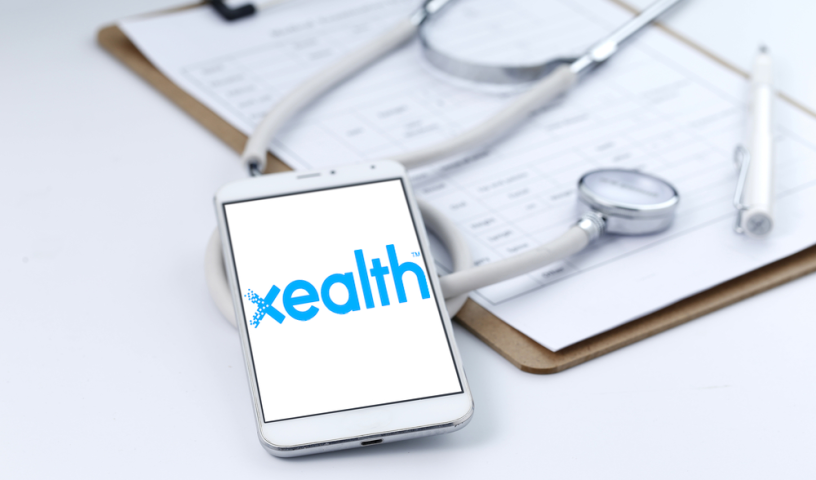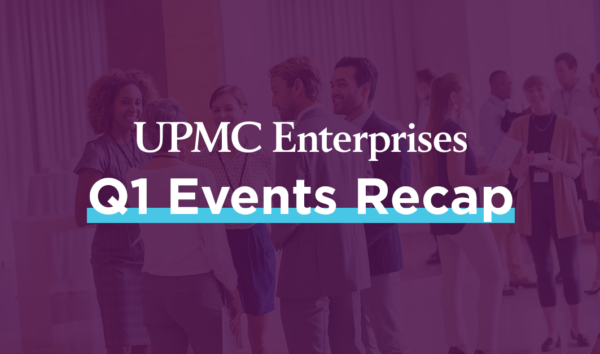By: Mike McSherry, CEO of Xealth
Consumers are now demanding to take control of their own health care. Just in the past few weeks, several announcements have been made that, together, show the wait is over and those that do not get on board risk being left behind. Household names like Walmart, Best Buy and Amazon are investing heavily in health care. Combine that with families now paying $20,000 per year for commercial insurance policies, and you get fed up consumers begging for change. Organizations not offering a convenient, digital experience will concede their commercial insurance patient population to those that will.
My background in health care and mobile, most notably as co-founder of Swype and Boost Mobile, lends insight into how the consumer experience can be incorporated in a clinical setting to work harmoniously with each other. It also makes it clear to see that clinicians and their patients should be able to use familiar technologies to share information back and forth with each other as part of their daily routines.
Most people today rely on their smartphones for every aspect of their life, choosing services based mostly on ease and user experience. This extends to their personal care and that of their family. New consumer-focused entrants can provide app-based experiences, putting more pressure on hospitals to address this shift in care delivery. Especially given the growing amount of costs that people are footing, the delay in organizations offering the consumer experience that patients have grown to expect is frustrating.
Digital health tools are abundant with many offering exciting advancements that can improve patient experiences and outcomes; however, the digital health ecosystem is extremely fragmented creating some early hesitancy in moving forward. This makes implementing digital health initiatives in a meaningful, consistent way extremely difficult. A strategy and foundation are required to incorporate the right digital tools and help clinicians deliver them to the right patient at the right time, send these digital health orders to the patient’s smartphone or desktop, and then monitor patient engagement.
This approach works. We recently teamed up with Welldoc and multiple health systems to measure the impact of leveraging the physician-patient relationship with digital tools. Results show that activation rates for the BlueStar digital health product for managing diabetes can be four times higher when sent direct to the patient from their care team. Incorporating Xealth’s digital health platform for distributing the app with clinician recommendation showed an increase by 2.5x in patient engagement rates as compared to a direct to consumer approach.
UPMC is one of the first to recognize the shift to digital and determine how to leverage it to best help its patients. To enhance the digital experience that patients receive, UPMC is continually enhancing its MyUPMC Patient Portal, which offers a comprehensive connection to a patient’s health care. This includes communicating with doctors, accessing medical records and receiving patient education.
Partnering with Xealth to prescribe content for a variety of procedures and surgery, UPMC clinicians send videos and educational materials automatically to where it is easiest for the patient – their smartphone and desktop, bringing them back to the MyUPMC portal to access information. This adds value for people using the portal and delivers higher engagement between doctors and patients.
Since incorporating these tools, UPMC is now reaching 93% of maternity patients through digital pathways, while launching the Xealth integration on MyUPMC’s mobile app has driven a 60% increase in patients engaging with content. These connections are leading to strengthened ties between doctors and patients, creating a better overall experience.




